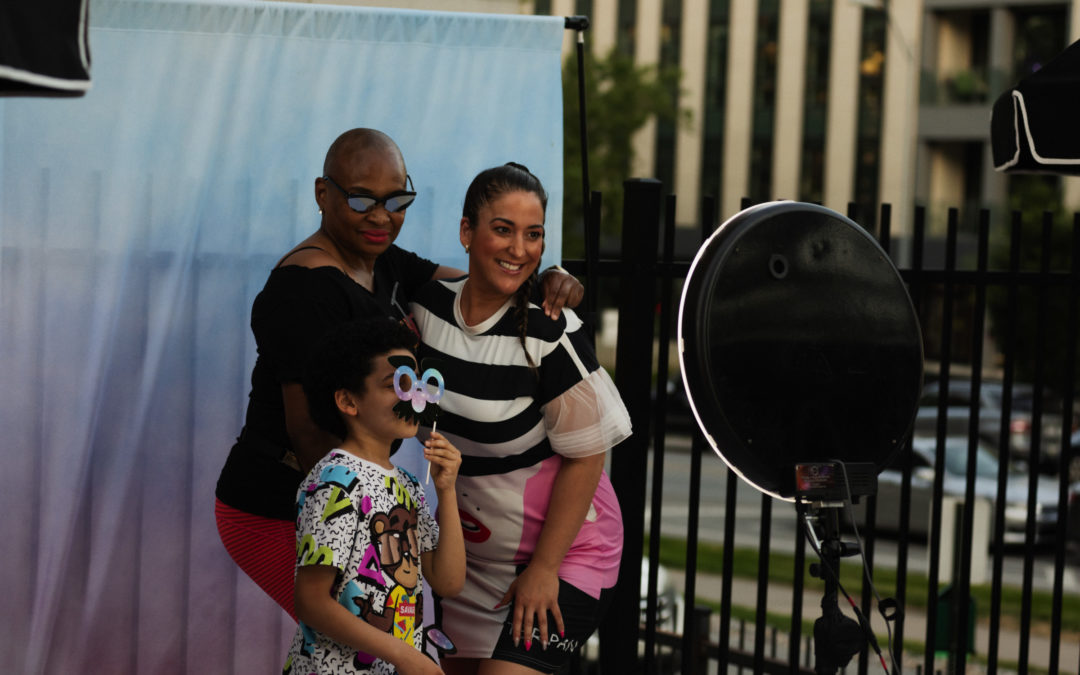IMPACT
The Value of Multigenerational Households for Landlords
By
Erika Riley
– VOL. 17
Take a look around your buildings–we’re guessing you see a vibrant mix of people of all ages. But while multigenerational living is steadily growing, landlords often make the mistake of assuming that they can take a one-size-fits all approach to designing spaces for their diverse communities.
Over the past five decades, multigenerational living in America has been growing, according to the Pew Research Center. As of 2022, about 18% of Americans live in multigenerational households, a new high. Whether the reason is the increased cost of housing, consequences of the pandemic, or the need for childcare, multigenerational living is on the rise.
But when it comes to supporting these types of tenants, landlords and property managers often find themselves on a learning curve. While much of the process of actually renting an apartment is the same, implementing the tools, resources, and spaces that multigenerational families need to want to stay is an entirely different story.
Venn, which offers landlords and property managers a way to build community through online connections, in-person events and neighbor-led initiatives, has seen the rise of multigenerational living firsthand. Like most families, multigenerational households want a slew of different things from where they live, depending on their age, personality, and work situation. The Venn program can help people of all ages, but having people of all ages in the community also helps the program.

Neighbors of all ages gather at a macrame workshop hosted at the Arcade, a community space for residents operated by Mac + Venn in KC.
“I think we kind of box in multi-family units and communities, and almost assume they want a very specific type of event or community program,” says Arie Cutler, Venn’s community lead for Chicago and Kansas City. “When in reality, they want to be their own people, they have very unique interests.”
Arie has seen how one multigenerational family has taken advantage of Venn programming. Celeste Bradford, a Kansas City neighbor who lives with her daughter and granddaughter, was one of the first adopters of the Venn platform. She became a building leader and got to know her community through the app and meetups.
“She’s very passionate about being a resource for the community, so she kind of jumped in to be everybody’s grandmother from day one. She started and maintained a book club that meets every month,” Arie said. “And she’s been really instrumental in starting a lot of the small groups we have that are targeted towards just bringing people together in a space that’s safe for connection and conversation.”

Celeste and a younger neighbor assess the snack options at a Saturday morning wellness event at the poolhouse.
Meanwhile, Celeste’s daughter Juniya Bradford used the app to plan events that she had always wanted to throw with her friends. Utilizing the neighbor-led events aspect of the Venn programming, she threw a silent disco earlier in the year, which was a huge success.
“While her mother is creating more of those quieter support groups, she’s using it to be connected, to get out into the community to find fun things to do,” Arie said.
Juniya has also used the app to create a group called Kids’ Corner, where parents of young children can get together to meet up, arrange babysitting, and exchange resources. They try to do at least one event each month. In August, the group made a splash pad using sprinklers in the community’s garden for kids like Juniya’s two-year-old daughter to enjoy.
“It’s great to see someone so young benefitting from our program along with her mother and her grandmother,” Arie said.

Juniya and Jordan are regulars at community events and have become familar faces for many neighbors.
Often, landlords do not need to do anything to the physical spaces of their portfolio and can focus on programming instead. But many multi-family households do look for common spaces such as coworking rooms or gyms. This opportunity to diversify their living spaces for different activities—or even just a moment of quiet—is especially valuable to those living with family members who are helping with childcare. Outdoor spaces are also great for families with kids.
Overly planned programming for families can sometimes feel stale or forced, Arie says, which is why she prioritizes Venn’s neighbors leading the charge on what they want from their community.

Celeste, Juniya, and Jordan all particiapte in a Saturday morning water aerobics class hosted by Mac+Venn at the pool house.
“I think a lot of landlords do cater to what is the fun, cool thing to do and if it is a family-friendly event it’s a pretty generic type of event. But giving them that voice, giving these families a chance to tell you what they want brings about a lot of really genuine opportunities to build community and fun in unique ways,” Arie said. “I would encourage it.”
Self-directed programming and opportunities for communities can help families feel more connected within their neighborhood. Creating that sense of openness and togetherness might make people of all ages want to welcome a new neighbor with dinner, invite them to an event, or simply introduce themselves in the hallway.
“There’s an established community there for everybody,” Arie said, “no matter what age or background you’re coming from.”
More from the Venn Journal







Recent Comments